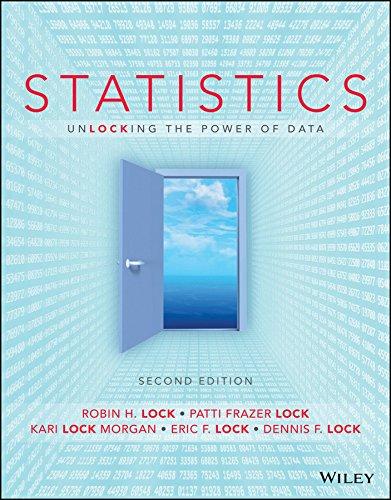We first study 3-PBA, a commonly used insecticide found in grains, fruits, and vegetables. How much higher
Question:
We first study 3-PBA, a commonly used insecticide found in grains, fruits, and vegetables. How much higher are 3-PBA concentrations while not eating organic versus eating organic? A bootstrap distribution based on 1000 samples of the mean concentration before the switch minus the mean concentration after switching to organic is shown in Figure 3.32.

(a) Define a relevant parameter of interest, using correct notation.
(b) Use the bootstrap distribution to estimate the sample statistic, including correct notation.
(c) Use the bootstrap distribution to estimate a \(99 \%\) confidence interval.
(d) Interpret this interval in context.
(e) Does this interval provide evidence that concentrations of the pesticide 3-PBA are lower while eating organic? Why or why not?
(f) Can we conclude that eating organic causes lower concentrations of 3-PBA? Why or why not?
Pertain to a 2015 study which took a Swedish family that ate a conventional diet (non-organic), and then had them eat only organic for two weeks. Pesticide concentrations for several different pesticides were measured in \(\mu \mathrm{g} / \mathrm{g}\) creatinine by testing morning urine. Multiple measurements were taken for each person before the switch to organic foods, and then again after participants had been eating organic for at least one week. The results are pretty compelling, and are summarized in a short video which as of this writing has had over 30 million views online. The data are visualized in Figure 3.31 for eight different detected pesticides, and can be found in Organic Effect. How do pesticide levels in the body differ after eating organic versus non-organic?

Step by Step Answer:

Statistics, Enhanced Unlocking The Power Of Data
ISBN: 9781119308843
2nd Edition
Authors: Robin H Lock, Patti Frazer Lock, Kari Lock Morgan, Eric F Lock, Dennis F Lock





